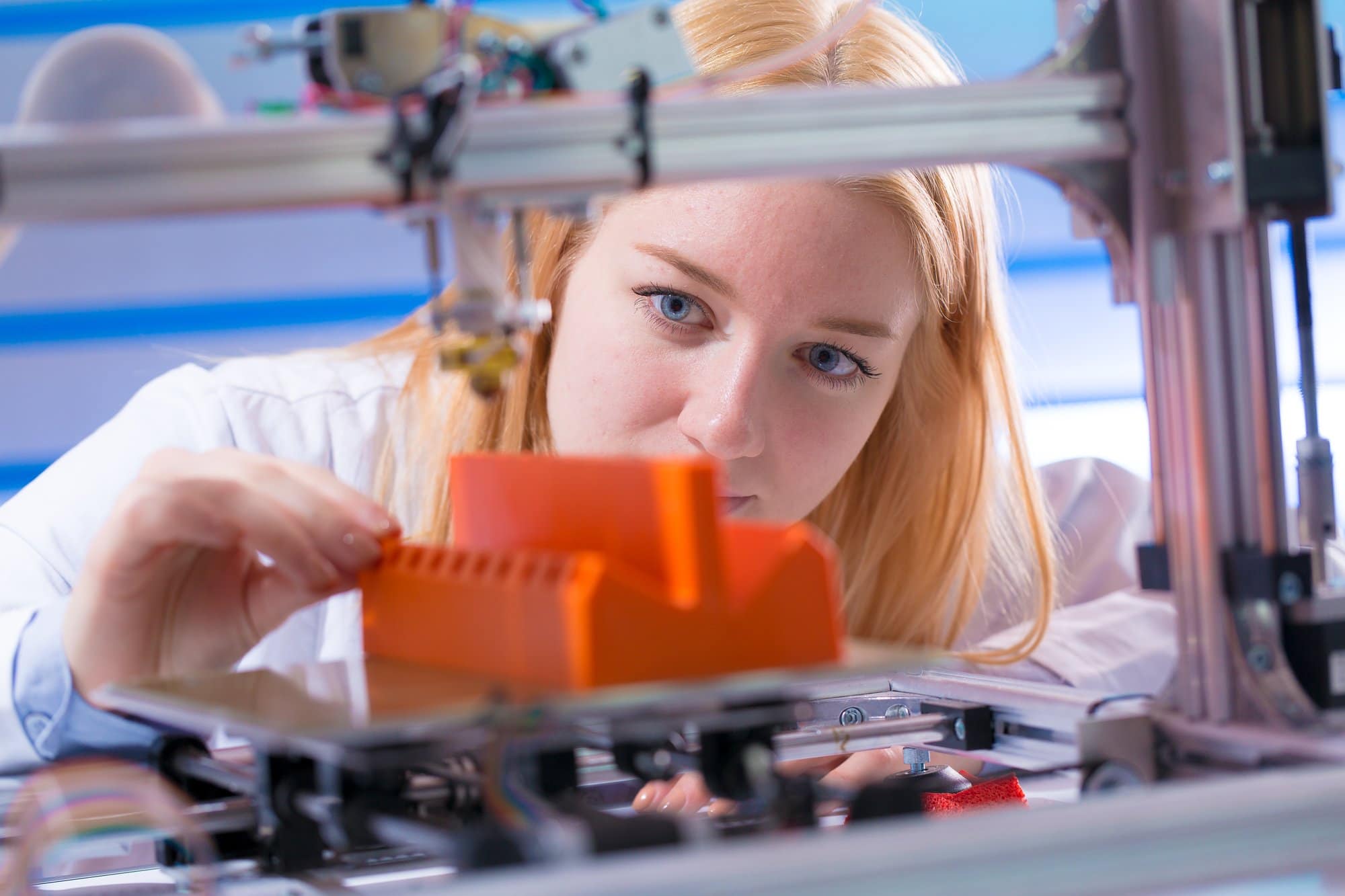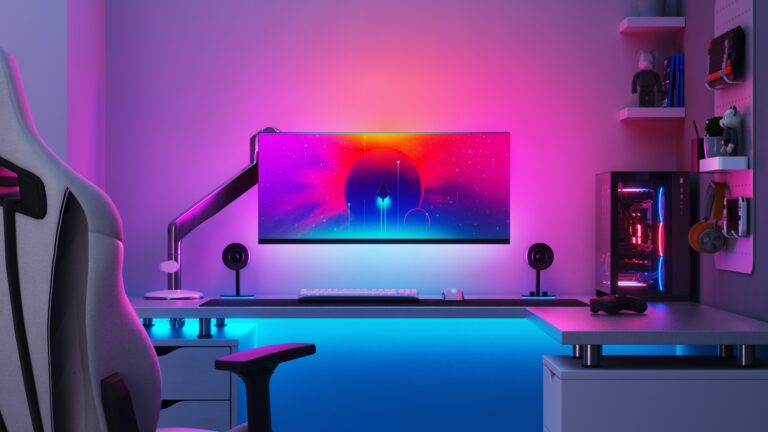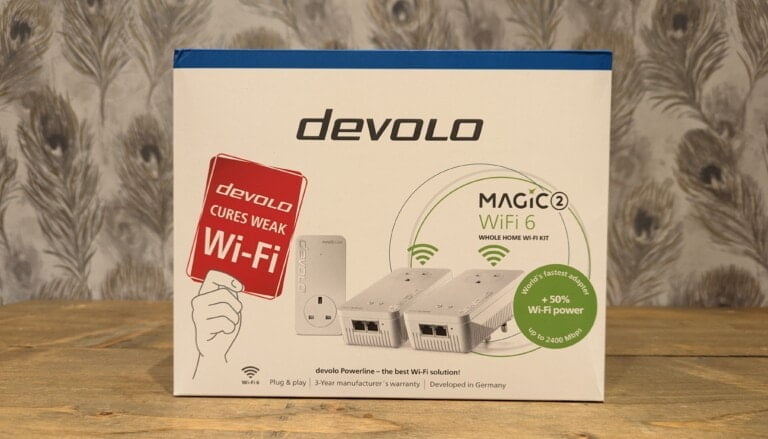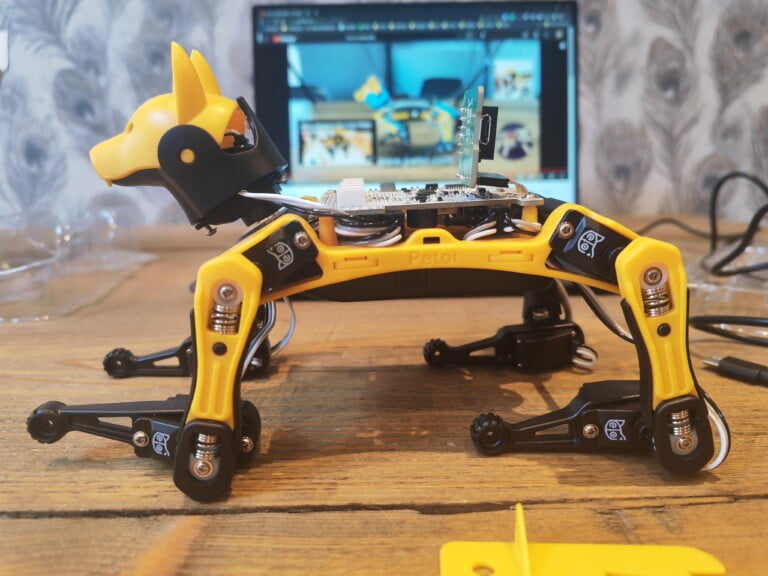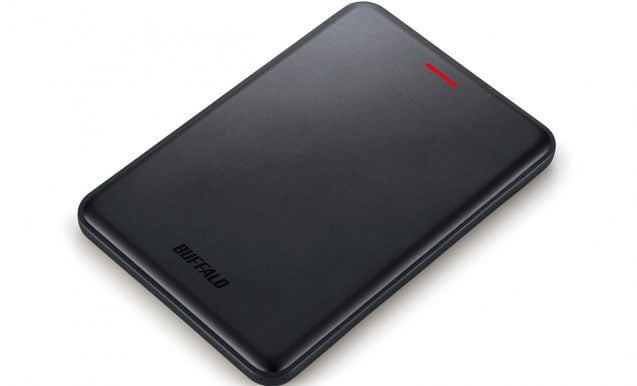Any links to online stores should be assumed to be affiliates. The company or PR agency provides all or most review samples. They have no control over my content, and I provide my honest opinion.
What is the first thing that pops into your head when you hear the phrase 3D printing? Do you imagine the latest high-speed 3D printer? With their growing popularity, it’s hard not to.
But what if we told you there are more ways to 3D print an object than with a 3D printer? If you’re new to the world of 3D printing, you should learn about the many different types of 3D printing and technologies. Using a 3D printer is only one method out of almost a dozen!
This means you have the ability to 3D print anything you want at any size with almost any material. Check out these 7 common technologies used in 3D printing today.
The Different Types of 3D Printing
One of the most exciting aspects of 3D printing is the wide range of 3D printing technologies available. There are about 11 different types of 3D printing in use today. Here are the 7 most popular types of 3D printing and their benefits.
1. SLA: Stereolithography
Stereolithography or SLA started in 1984 and is one of the first types of 3D printing in the world. This printing form continues today and makes a great choice for those who need a smooth and highly accurate printing.
SLA is an additive process that works by using extra liquid photopolymer resin. The liquid resin pours layer-by-layer into the build platform. A light source, like a laser, selectively cures a cross-section of the resin using 2 mirrors, 1 on the X-axis, and the other on the Y-axis.
While this process offers great detail, it can take anywhere from a few hours to several days to complete. The size and quality of the finished object vary on the type of SLA printer used.
2. DLP: Digital Light Processing
Digital Light Processing is similar to Stereolithography printing and is almost as old. Like SLA, DLP also uses light to cure the material. Instead of a single-point laser, DLP projects UV or LED light onto the entire layer.
A display of tiny mirrors known as a Digital Micromirror Device (DMD) projects the pattern of light onto the layer. You should note that the layers consist of little rectangles known as voxels. These come from the pixels that make up the digital screen that contains the layer image.
An advantage to DLP printing is it’s faster than SLA and allows for fine details with a smooth finish. Popular uses include printing prototypes, jewelry, hearing aids, and dentistry.
3. FDM: Fused Deposition Modeling
This type of 3D printing is also known as Fused Filament Fabrication or FFF. It’s a process of material extrusion which the most affordable and readily available.
This process prints by using a spool of thermoplastic filament. The printer heats and melts the filament then pushes it out along a set of coordinates. The printer layers the melted filament on a platform where it solidifies and creates the object you’re printing.
The printer works layer-by-layer building the object upwards unless it has overhanging or steep pieces. This type of 3D printing is common for fixtures, fit testings, electrical housings, and casting patterns. It offers a great surface finish, comes in multiple colors, and can use different types of plastics.
The drawback of this type of printing is the finished object is brittle. It’s also more expensive than some other forms of 3D printing.
4. EBM: Electron Beam Melting
EBM 3d printing uses a process called Metal Powder Bed Fusion and a high power stream of electrons to fuse metal particles. The printer will lay a thin layer of particles on the build platform and run the stream of electrons over the layer to fuse and solidify it. The process repeats for each layer until the completion of the object.
This process is challenging as it must be in a vacuum and can only use conductive materials. Due to the amount of power released, the overall build and object layers are larger than other printing processes.
EBM allows for the manufacturing of parts used in automobiles, aerospace, medicine, and dentistry. EBM is the most expensive 3D printing technology.
5. SLS: Selective Laser Sintering
SLS 3D printing uses a Power Bed Fusion process. It starts with a vat of thermoplastic powder which heats until it’s just under its melting point. A blade will distribute a 0.1mm layer of heated powder onto the build platform.
A laser will selectively scan the cross-section of each layer solidifying it into the object. Once scanned, the machine will lay and scan each layer to complete the object. Unscanned powder on the platform will remain to help support the object as it forms.
SLS is perfect for printing functional parts, hollow designs, and objects with complicated geometries. This 3D printing process is more expensive than FDM/FFF but offers more applications.
6. MJ: Material Jetting
A Material Jetting printing process is similar to that of an inkjet printer but instead of ink, it uses photopolymer resin. The printer lays the resin in layers on the build platform to create the 3D object.
The printer head expels hundreds of droplets of resin in a line that cure right away with UV light. This allows designers and engineers to print multiple objects quickly on the same build. It’s also one of the fastest 3D printing processes available.
The drawback is the objects need extra support as they print. You can, however, use different materials to print and add color.
7. DOD: Drop on Demand
DOD 3D printing is like Material Jetting except this process uses 2 jets to deposit wax for the build and the other for extra support material. The DOD printer lays the wax or printing material layer-by-layer. In between layers, a skimmer will glide across the layer’s surface to ensure it’s smooth and even before starting the next layer.
DOD printers can use different materials and colors. Most popular uses include prototypes, low-run injection molds, and models. The printed objects are brittle and can cost more than SLA or DLP printing.
3D Printing is Limitless
With the many different types of 3D printing, you can create (almost) anything. 3D printing allows businesses and individuals to efficiently create materials for use in every industry. The only thing holding you back is your imagination.
Want to learn more about today’s technology? Check our latest technology articles to stay up-to-date on the latest technology.
I am James, a UK-based tech enthusiast and the Editor and Owner of Mighty Gadget, which I’ve proudly run since 2007. Passionate about all things technology, my expertise spans from computers and networking to mobile, wearables, and smart home devices.
As a fitness fanatic who loves running and cycling, I also have a keen interest in fitness-related technology, and I take every opportunity to cover this niche on my blog. My diverse interests allow me to bring a unique perspective to tech blogging, merging lifestyle, fitness, and the latest tech trends.
In my academic pursuits, I earned a BSc in Information Systems Design from UCLAN, before advancing my learning with a Master’s Degree in Computing. This advanced study also included Cisco CCNA accreditation, further demonstrating my commitment to understanding and staying ahead of the technology curve.
I’m proud to share that Vuelio has consistently ranked Mighty Gadget as one of the top technology blogs in the UK. With my dedication to technology and drive to share my insights, I aim to continue providing my readers with engaging and informative content.

